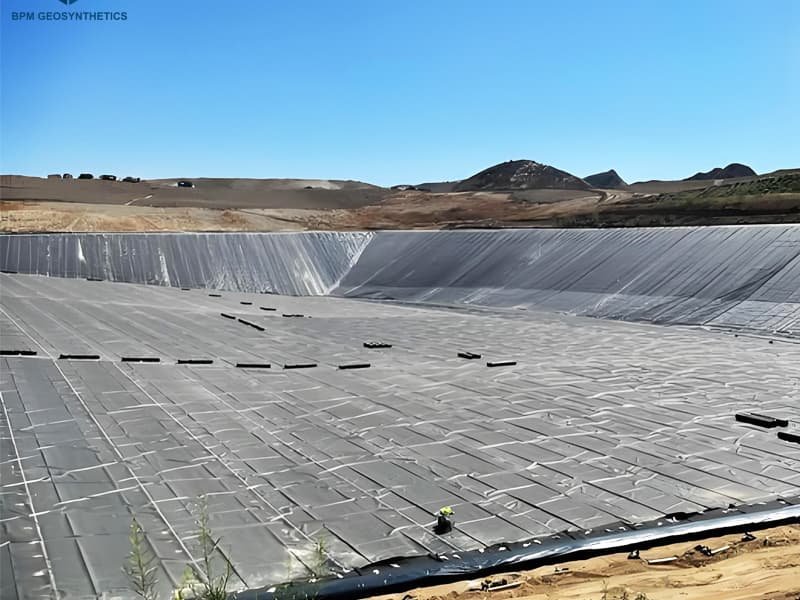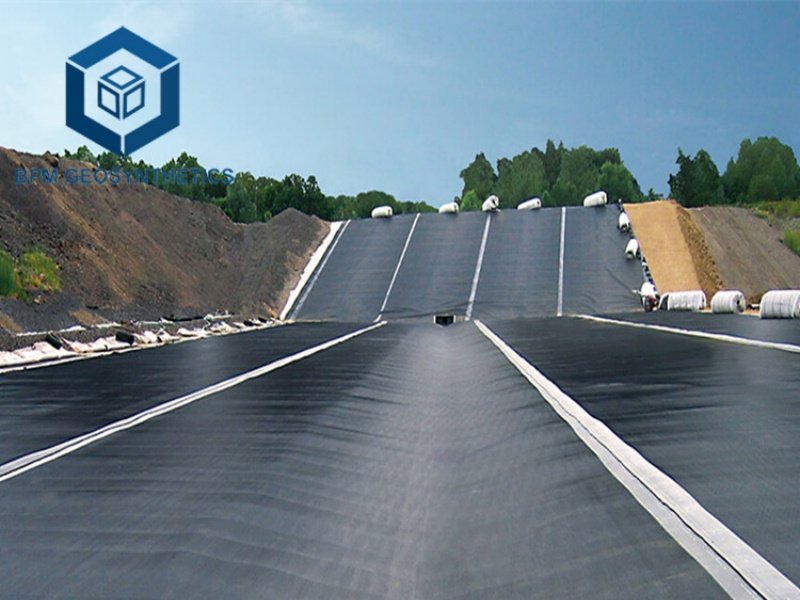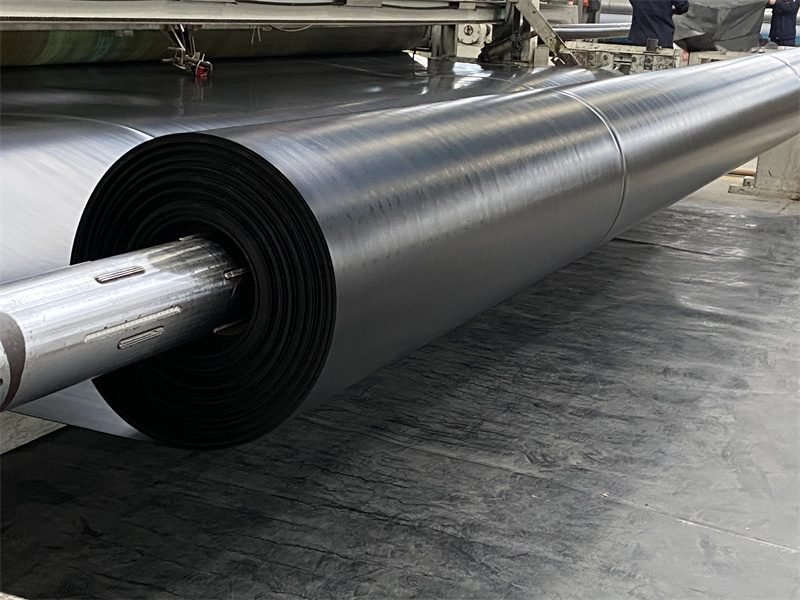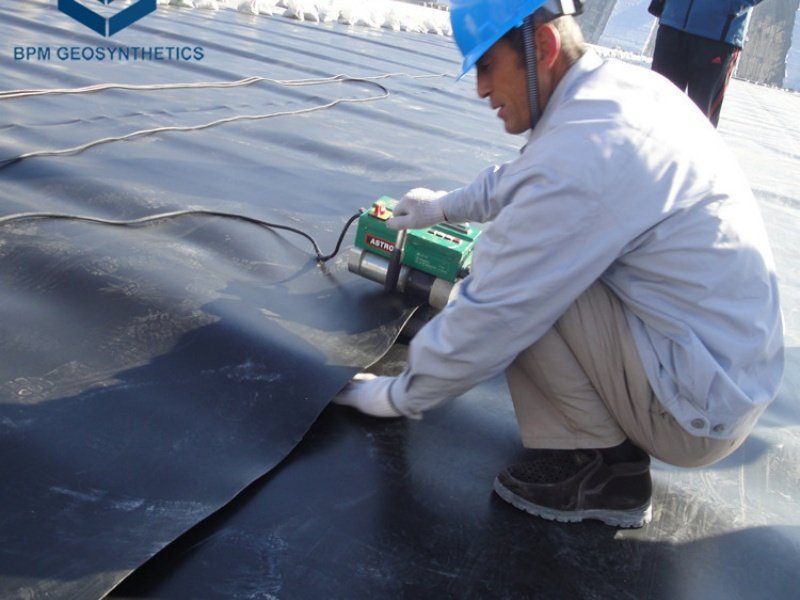HDPE liners have long been a popular choice in various industries, such as waste management, agriculture, and water containment, due to their general durability and chemical resistance. The 20 mil HDPE liner, with a thickness of 0.02 inches, is often selected for its perceived balance between cost and performance. However, despite its widespread use, this specific type of liner comes with a range of disadvantages that users and project planners must carefully consider before implementation. Understanding these drawbacks is crucial to avoiding potential project failures, additional costs, and environmental risks.
1. Limited Physical Durability in High – Stress Environments
1.1 Vulnerability to Puncture and Tear
1.2 Reduced Resistance to Impact and Compression
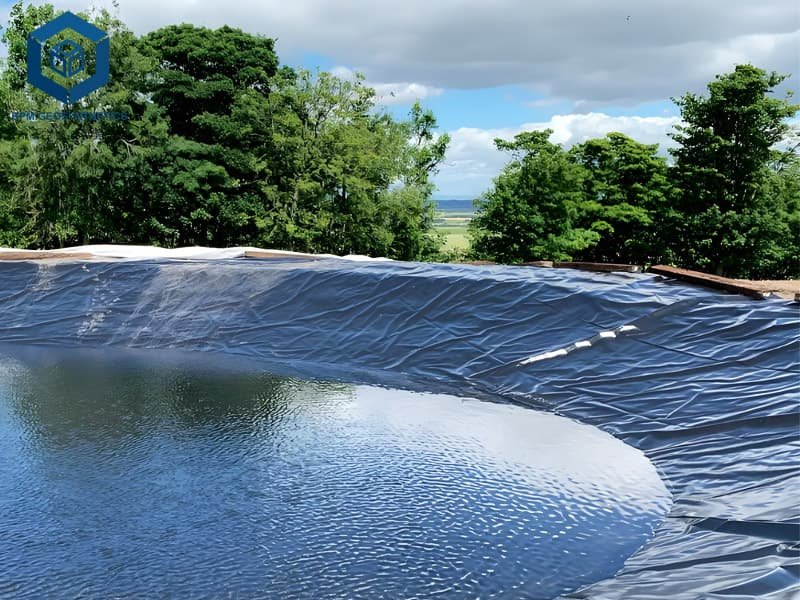
2. Challenges in Installation and Maintenance
2.1 Difficulty in Handling and Seaming
2.2 High Maintenance Requirements and Shortened Lifespan
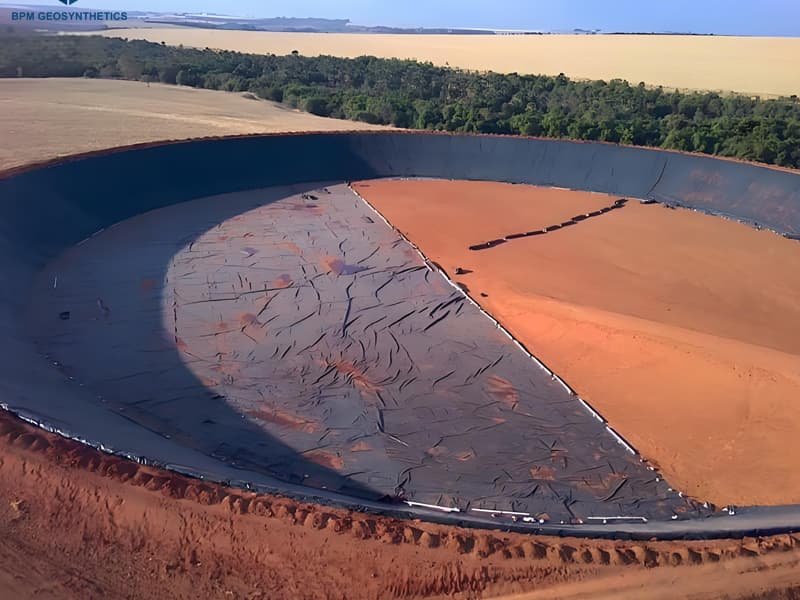
3. Environmental Limitations and Risks
3.1 Inadequate Containment for Hazardous Substances
3.2 Environmental Impact of Frequent Replacements
4. Cost – Effectiveness Issues
Although the 20 mil HDPE liner has a lower upfront cost than thicker alternatives, its long – term cost – effectiveness is questionable. Frequent replacements, due to its short lifespan, add up quickly. Each replacement needs new materials, labor, and facility downtime, which are costly. Also, the damage from leaks (like groundwater contamination) brings expensive cleanup and legal fees. Thicker liners, despite higher initial costs, last longer and need less maintenance, saving money over time. The 20 mil liner’s low upfront cost often hides higher long – term expenses, making it a less cost – effective choice for most projects.
